You Are Here
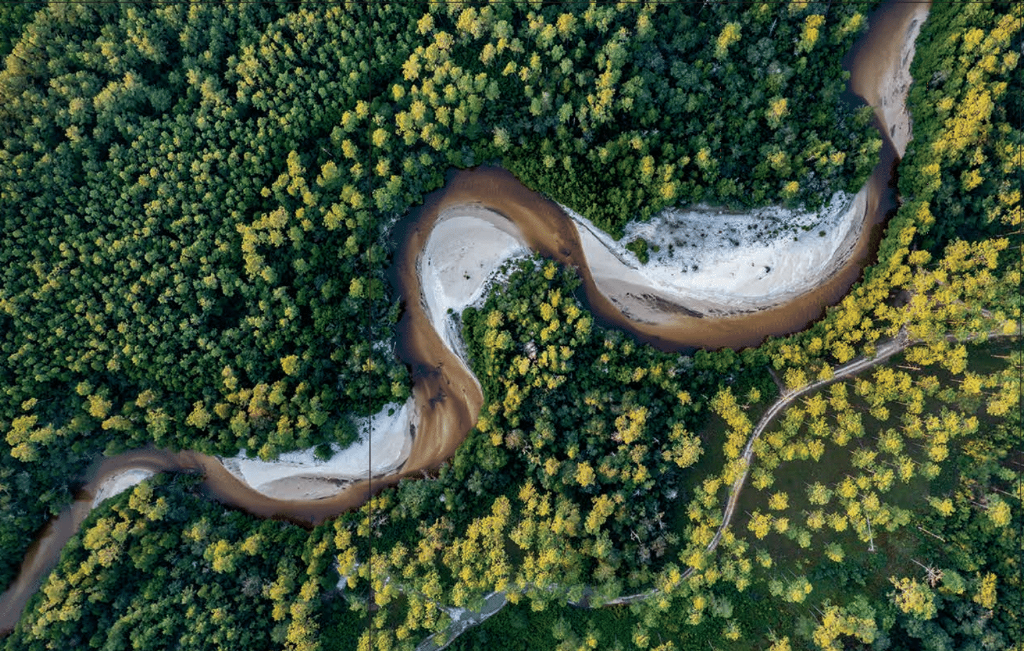
You Are Here, showcases iconic landscapes of the Corridor, from the Everglades up through working lands, wildlife underpasses, and into Florida’s gorgeous springs and forests.
The exhibit features stunning landscape and wildlife photography under the categories: wetlands, working lands, wildlife crossings, and waterways. Scroll to explore the exhibit!

Carlton Ward Jr, Highlands Hammock, 2010
Carlton Ward Jr, Highlands Hammock, 2010
Highlands Hammock State Park boasts more rare and endemic species than any other Florida State Park. Visitors can walk the trails where the Florida panther and black bear quietly pass beneath the ancient, towering oaks of a magnificent old growth hammock.
About the Photographer
Carlton Ward Jr is a conservation photographer and National Geographic explorer whose passion for nature was born from the Florida landscape. His mission is to inspire appreciation and protection of Florida’s original nature and culture – the endangered wildness that is often hidden in plain sight but very much needs our attention to be saved.
Carlton founded the Florida Wildlife Corridor project in 2010. With fellow explorers Mallory Dimmitt and Joe Guthrie, he has since trekked more than 2,000 miles through the Corridor, during two National Geographic supported expeditions, which both produced award-winning books, PBS films and widespread outreach for the statewide vision to keep Florida wild.
Their first expedition took the team 1000 miles in 100 days from the Everglades Headwaters to the Okefenokee Swamp.
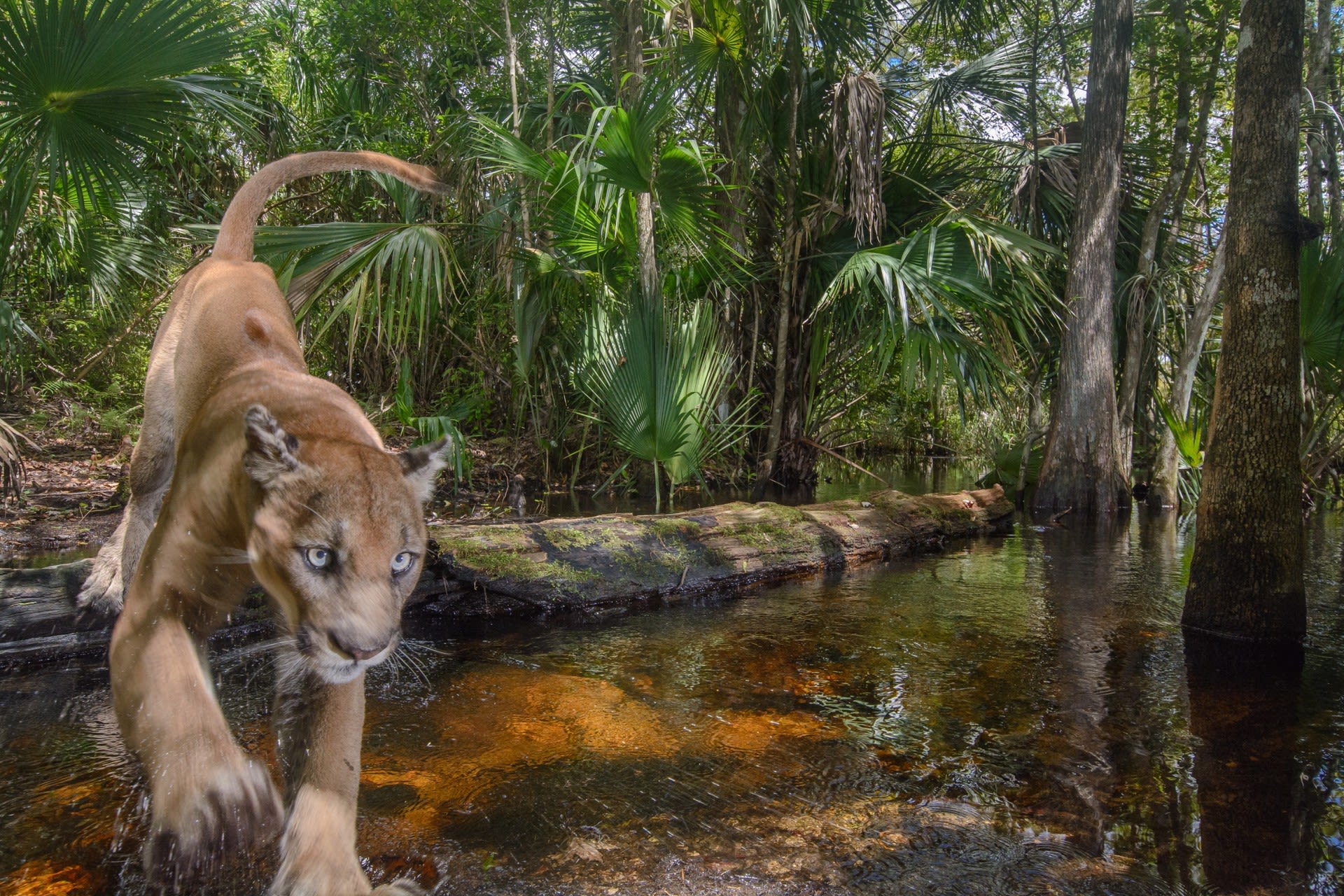
Carlton Ward Jr, Log Jump, 2017
Carlton Ward Jr, Log Jump, 2017
This dynamic image captures a male Florida panther leaping over swamp water as he patrols his territory in Florida Panther National Wildlife Refuge.
Located within the heart of Florida's Big Cypress Basin, Florida Panther National Wildlife Refuge protects core habitat for the endangered Florida panther and all native wildlife who roam within the apex predator’s habitats.
Check out the film trailer for the Path of the Panther film produced by Grizzly Creek Films and WildPath. The film follows conservation photographer Carlton Ward Jr as he embarks on an ambitious journey to help save the last of Florida’s Panthers.
The Florida Panther is the last surviving big cat in the eastern United States, and the state animal of Florida. Panthers depend on the protection of the Florida Wildlife Corridor. Carlton and his team manage a network of professional photography and video camera traps throughout critical habitat of the Florida Wildlife Corridor to inspire a public and political movement to save the Florida Wildlife Corridor through the story of the endangered Florida panther.

Paul Marcellini, Gator Hook Greens, 2018
Paul Marcellini, Gator Hook Greens, 2018
Warm light illuminates the underwater vegetation in a cypress dome in Big Cypress National Preserve. The 729,000-acre preserve contains a mixture of tropical and temperate plant communities that are home to diverse wildlife, including the Endangered Florida panther.
The freshwaters of the Big Cypress Swamp are essential to the health of the neighboring Everglades. These waters support the rich marine estuaries along Florida's southwest coast.
About the photographer
Paul Marcellini was born and raised 20 miles from Everglades National Park. He has won awards in multiple international competitions and has his imagery shown in Everglades National Park, Biscayne National Park, Miami International Airport, and several museums in South Florida. A self-taught naturalist, he is constantly out to educate the public and create awareness for the vital ecosystems of South Florida.

Mac Stone, The Real Orchid Thief, 2018
Mac Stone, The Real Orchid Thief, 2018
The image captured by Mac Stone shows a giant sphynx moth pollinating a ghost orchid (Dendrophylax lindenii). Ghost orchids are only in Cuba and the humid, flooded forests of South Florida, where an estimated 1,500 remain.
Ghost orchids are an example of what is known as an umbrella species. By protecting these organisms, other species that are a part of their ecosystem will also benefit under the same conservation "umbrella." Ghost orchids are popular among poachers and their dwindling numbers have brought them up for consideration for protection under the Endangered Species Act.
Deep in remote Florida swamps, a team of researchers and photographers have made a new discovery that upends what we thought we knew about the ghost orchid, one of the world’s most iconic flowers, and how it reproduces. Grizzly Creek Films in partnership with bioGraphic capture the discovery in this impressive short.
These rare orchids were long thought to be pollinated by a single insect: the giant sphinx moth. But camera trap photographs by National Geographic Explorers Carlton Ward Jr. and Mac Stone have upended this idea. Ghost orchids live in cypress, pond apple, and pop ash swamps in South Florida. During the summer months, one in 10 orchids will produce an ephemeral flower, of which one in 10 will successfully attract a pollinator.
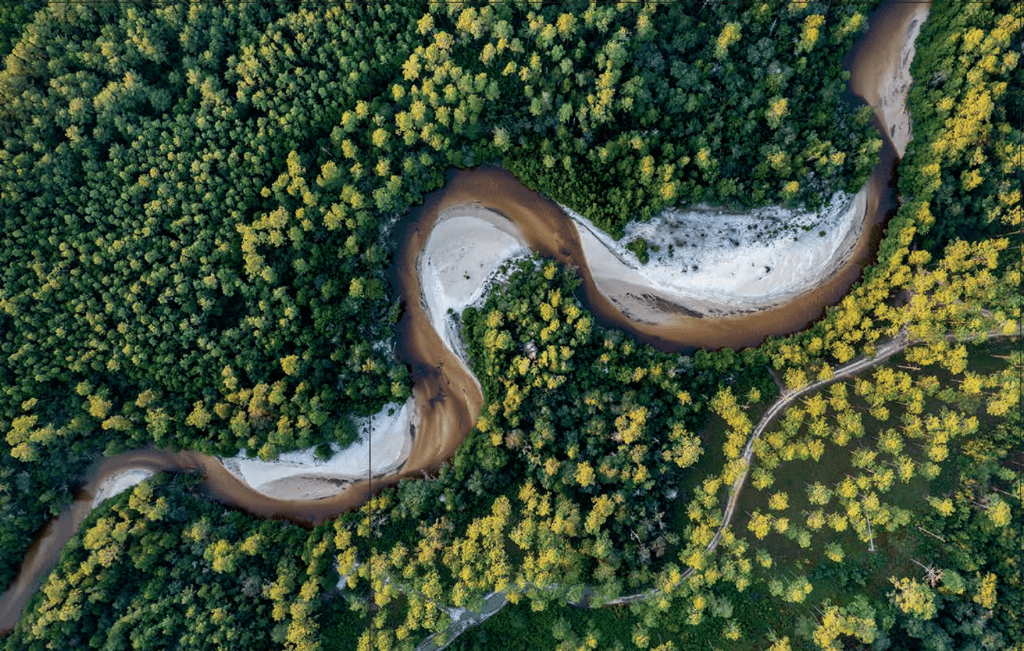
Carlton Ward Jr, Juniper Creek, 2021
Carlton Ward Jr, Juniper Creek, 2021
The Florida Wildlife Corridor Act was signed into law in June 2021. To date, 59,293 acres have been approved for protection since it's passing. The image above was taken within one such property, the Coastal Headwaters project.
Working with partners including the Conservation Fund, Trust for Public Land, and owners of timberlands in northwestern Florida, the state is helping to fund conservation of wildlife habitat and waterways, for the benefit of people and Gulf estuaries downstream.
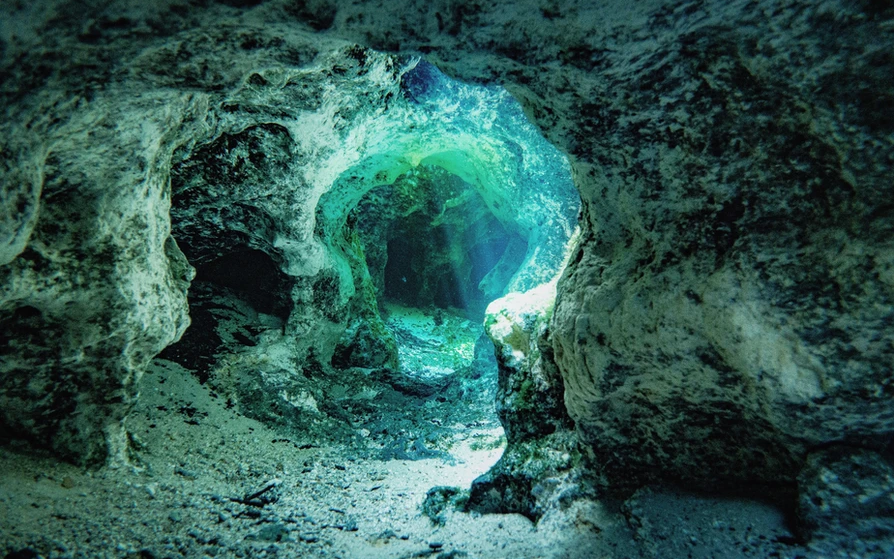
Tessa Skiles, Seven Sisters Eye, 2019
Tessa Skiles, Seven Sisters Eye, 2019
Of the 1000+ recorded springs in the state of Florida, 171 1st and 2nd magnitude springs are within the Florida Wildlife Corridor.
Springs are formed when rainwater seeps through the ground to the aquifer beneath. Aquifers are naturally occurring underground reservoirs that fill up with rainwater that percolates down through sand and soil.
As the rainwater trickles down from the surface its natural acidity dissolves sections of limestone creating holes and cracks that overtime expand into underground caves and rivers.
In areas where the aquifer is closest to the surface, water from these underground rivers can meet with sinkholes connecting them to the surface and voila - a spring is formed.
Meet the photographer
Tessa Skiles is a photographer/videographer, science communicator, and outreach specialist capturing, sharing, and working to protect our natural world.

Mac Stone, Snail Kite, 2013
Mac Stone, Snail Kite, 2013
In the 20th century, efforts to drain the Everglades to make way for sugarcane and development sent the iconic Everglades Snail Kite population into decline and landing on the endangered species list.
This species has one of the most specialized diets of any raptor, the kites feed almost exclusively on an aquatic gastropod, the apple snail. With the wetlands drained and degraded, their only food source was decimated.
In recent years, the population has rebounded due to state and federal efforts to restore their main breeding and foraging grounds around Lake Okeechobee and the specie's ability to eat invasive Brazilian Island Apple Snails. Time will tell the full affect these invasive snails have on the surrounding ecology, but for now, the raptors seem to benefit.
Meet the photographer
Behind the scenes on how this image was captured.
Mac Stone grew up exploring the springs, swamps, and hammocks of North Central Florida where he developed a passion for photography at a young age.
His work focuses on America's swamps in an attempt to change public opinion towards our country’s wetlands.
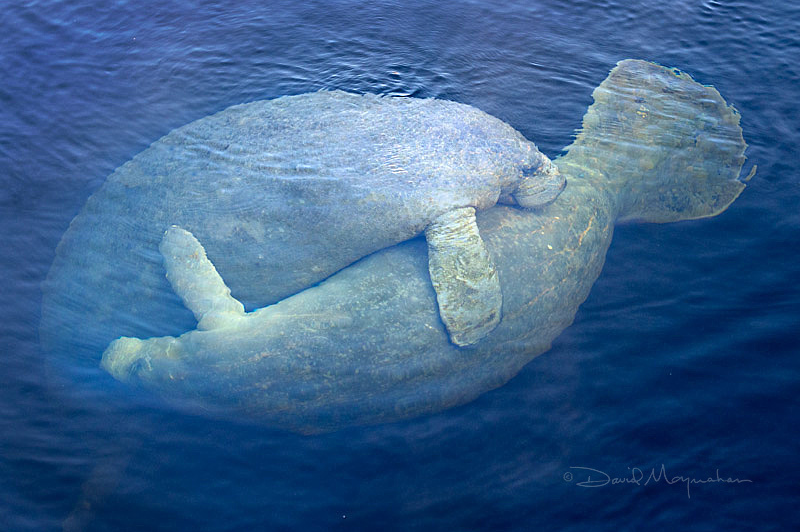
David Moynahan, Manatee Hug, 2021
David Moynahan, Manatee Hug, 2021
Wakulla Springs is one of the world's largest and deepest freshwater springs. It is home to a diverse array of wildlife including manatee like the ones shown here.
The Florida manatee is a subspecies of the West Indian manatee. These large, slow-moving marine mammals are herbivores, feeding solely on seagrass, algae and other vegetation in freshwater and estuarine systems. Each winter, manatees congregate in Florida, seeking the warm water they need to survive.
The Spring to Shore Expedition highlights the importance of the fresh to saltwater connection. It follows the journey of three teen trekkers as they explore a section of the Nature Coast.
About the photographer
David Moynahan is an award-winning conservation photographer living in the Florida Panhandle. His goal is to help raise awareness of the precious natural world that still surrounds us through his photography. A Florida native, David grew up in Miami, with Biscayne Bay, the Everglades and Keys his extended backyard. Photography became the basis of his journal-keeping as he explored biology, medicine, art, travel, and parenting into adulthood. Over the past 15 years as professional photographer, David's lifelong study of and respect for the natural world, and eye for composition have converged into creating his diverse and striking images of Florida's wild beauty.
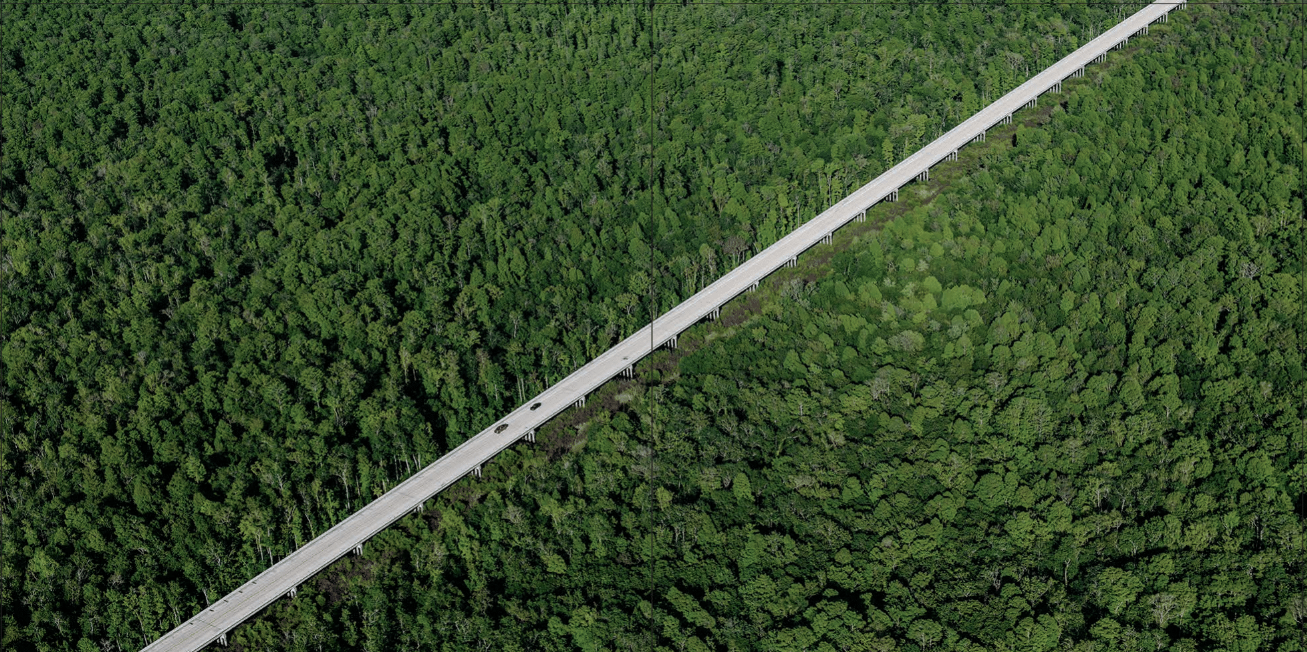
Carlton Ward Jr, Challenges from Development, 2018
Carlton Ward Jr, Challenges from Development, 2018
The image above shows a section of the Poinciana Parkway south of Orlando which includes a bridge where it crosses the forested floodplain near Reedy Creek in the Everglades Headwaters. This is an example of building practices that facilitate the safe passage of water and wildlife.

Carlton Ward Jr, Black Bear Underpass, 2016
Carlton Ward Jr, Black Bear Underpass, 2016
A Florida Blackbear passes through an underpass. Bears need lots of space to search for food, water, and a territory to call their own. Conserving lands, like those in the Florida Wildlife Corridor, protects bears and many other species.
The Florida Wildlife Corridor was inspired by the journey of a young male Black Bear, M34. While he was radio collared, M34, travelled more than 500 miles through wild Florida. His location data came to impact the future of conservation and supported the need for a connected Corridor.
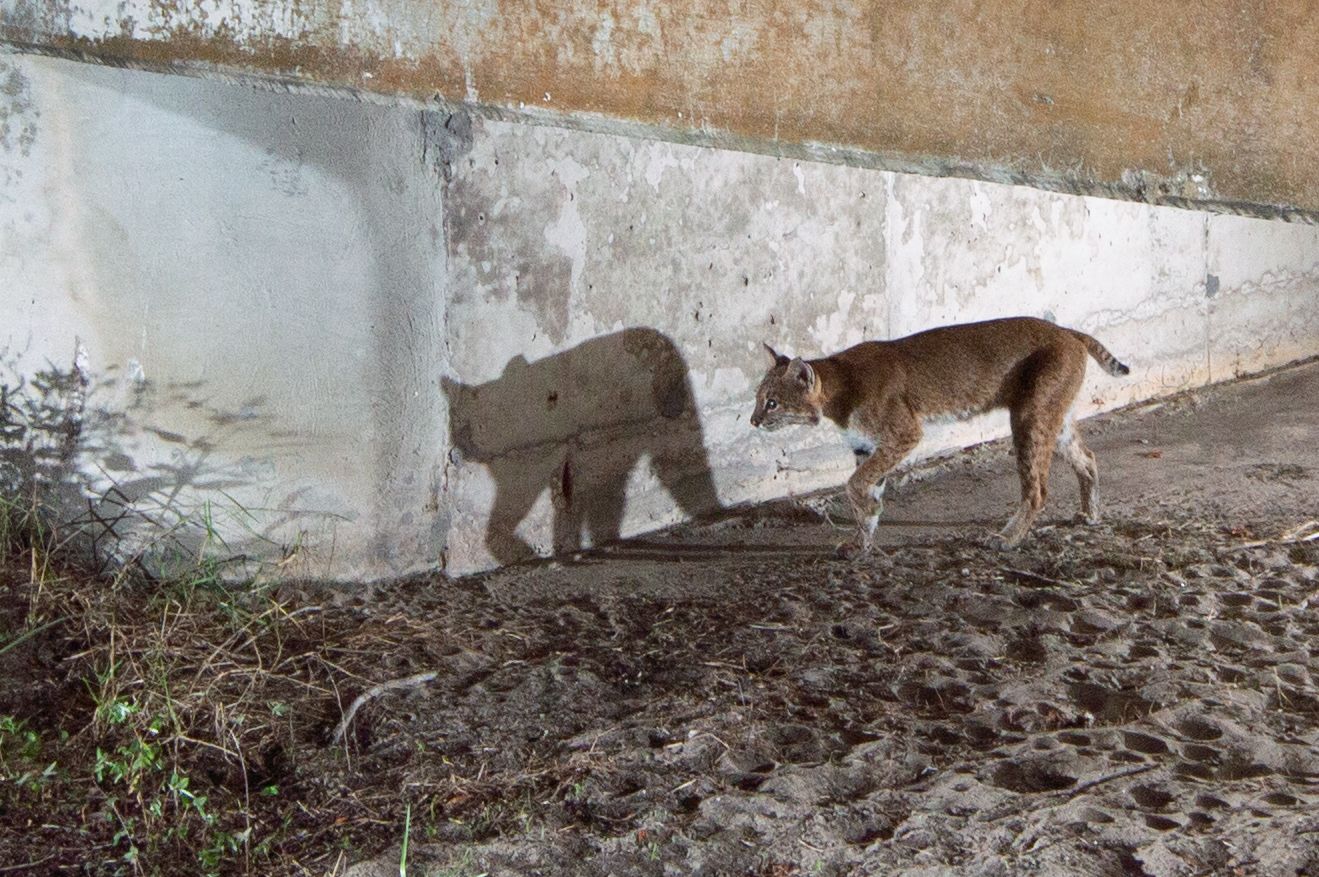
FStop Foundation Inc., Bobcat using a culvert
FStop Foundation Inc., Bobcat using a culvert
A bobcat traverses through a wildlife underpass. With almost 1000 people a day moving to Florida the challenges and dangers faced by Florida wildlife are many. But dedicated work is being done by so many people and agencies in the state to create wildlife crossings and help save the Florida Wildlife Corridor before it's too late.
About the FStop Foundation
Founded by William Fruend, FStop Foundation aims to create positive awareness of conservation through photography.
The Need for Connectivity tells the story of an incredible panther, FP224, and how vehicles and growth can adversely affect wildlife. Check out the trailer here.

Alex Freeze, Clear Springs Ranch, 2015
Alex Freeze, Clear Springs Ranch, 2015
Ranches in Florida provide some of the last, vast green space in our state. They’re providing critical habitat to our native species, and from the swamps to the sandhills, ranches in Florida are key to supporting our unique biodiversity and an array of habitats on a landscape-scale. Ranches can help keep the Florida Wildlife Corridor intact, and without them, many our greenways and wildlife corridors would be fragmented and lost forever.
Conservation easements are one tool to protect these lands in perpetuity. A conservation easement is a voluntary, legally binding agreement between a landowner and a government or nongovernment conservation organization that keeps land in agricultural and/or open space uses. The easement will protect some quality of the property such as wildlife habitat, open space, forest management or aesthetics keeping Florida’s family farms and ranches in business while simultaneously protecting the conservation value of the land.
About the photographer
Alex Freeze is an environmental educator, science communicator, conservation photographer and 6th generation Floridian. Alex's photography aims to tell science stories with heart, offering a connection point to people searching to deepen their understanding and appreciation of nature. Often portraying threatened wildlife and landscapes, her work explores the varying relationships between humanity and the natural world.
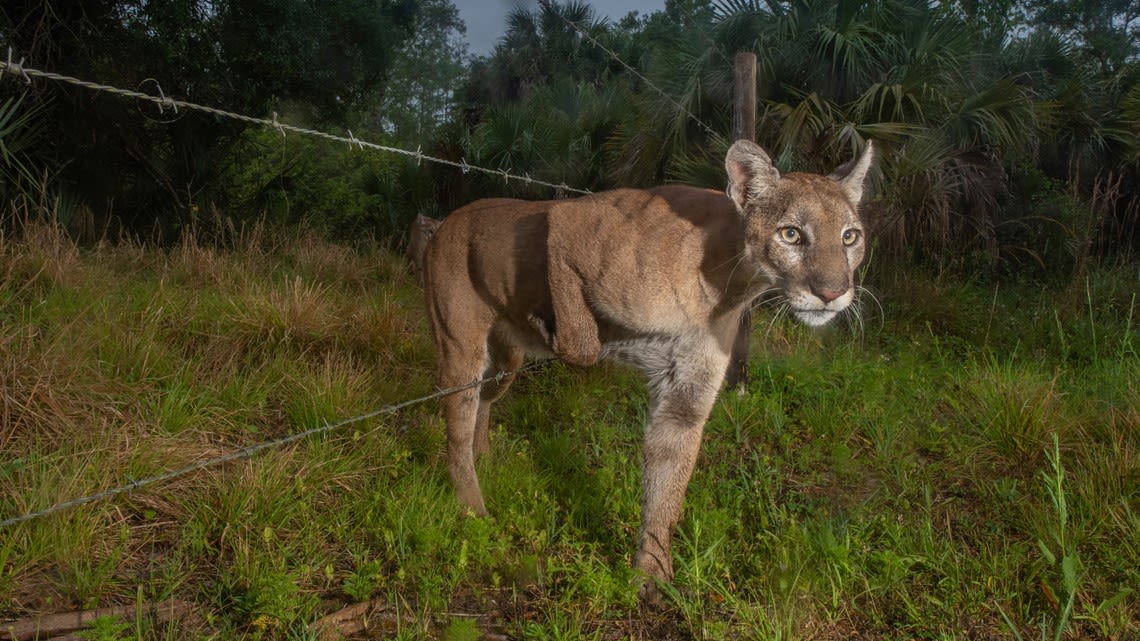
Carlton Ward Jr, Fence Crossing, 2020
Carlton Ward Jr, Fence Crossing, 2020
Adult male panthers require 200-square-mile territories to hunt and breed effectively. To accommodate this range, connections between smaller green spaces must exist. This camera trap site was selected to show how wildlife use adjacent properties as one connected habitat. This barbed-wire fence between Audubon’s Corkscrew Swamp Sanctuary and an adjacent cattle ranch functions to contain cattle but doesn’t impede the movements of panthers and other wildlife.
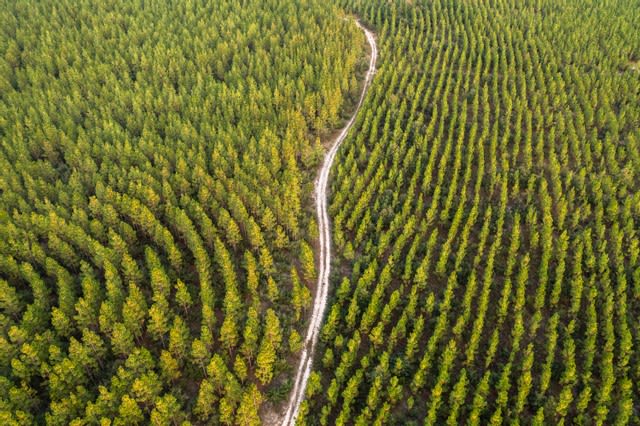
Carlton Ward Jr, Coastal Headwaters Longleaf, 2021
Carlton Ward Jr, Coastal Headwaters Longleaf, 2021
Working timberlands in the Florida Panhandle combine with state and national forests to provide millions of acres of contiguous wildlife habitat. The state of Florida purchased this pine plantation north of Pensacola in 2021 to expand the adjoining Blackwater River State Forest.
The U.S. Forest Service and National Fish and Wildlife Foundation’s Acres for America program, in partnership with the Conservation Fund, provided additional funding. The planted slash and loblolly pines shown here will soon be restored to native longleaf pines.
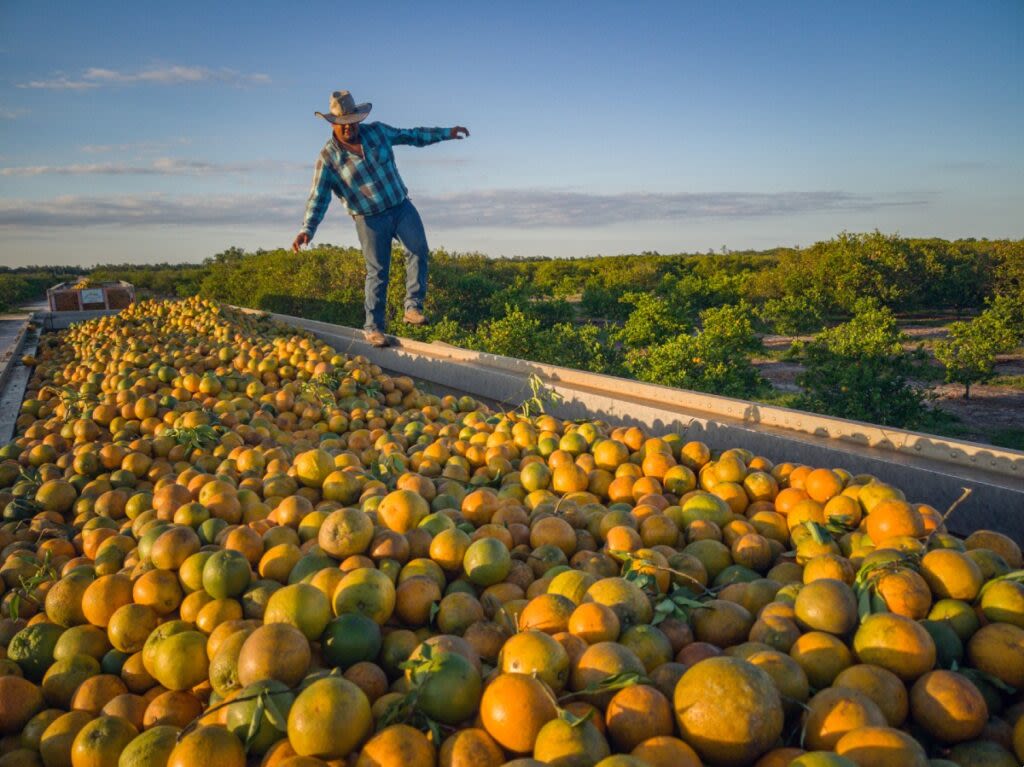
Carlton Ward Jr, Citrus Harvest, 2021
Carlton Ward Jr, Citrus Harvest, 2021
Along with timberland and ranches, other agriculture land is also critical to connecting the Florida Wildlife Corridor. Pablo Escobedo walks along a harvest trailer at Cypress Creek Grove, an orange grove and new addition to the Florida Wildlife Corridor, that sits on the northern bank of the Caloosahatchee River. The Nature Conservancy and partners have been protecting key ranch and agriculture lands to help expand the Florida Wildlife Corridor and important panther territory.
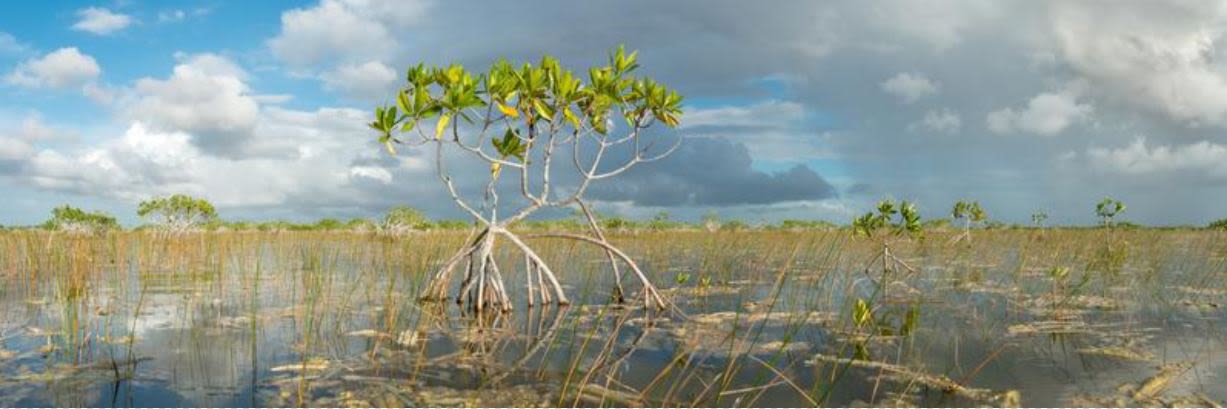
Carlton Ward Jr, Everglades Mangrove, 2012
Carlton Ward Jr, Everglades Mangrove, 2012
A red mangrove tree rises above the grass flats along the southern extent of Florida Bay, an estuary of national importance between the Florida Keys and Everglades. Its health depends on the quality and quantity of fresh water flowing south from Everglades National Park, the southern terminus of a watershed that begins in central Florida, near Orlando.
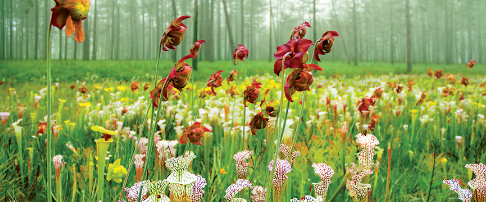
Laurie Meehan Elmer, Pitcher Plant Bog, 2008
Laurie Meehan Elmer, Pitcher Plant Bog, 2008
Florida is home to a wide variety of carnivorous plants, including 6 native species of pitcher plants (Sarracenia spp.).
The Florida Wildlife Corridor represents our best chance to save biodiversity in a meaningful, sustainable, resilient way and safeguard the wild Florida we know and love. Let's keep it connected.
Meet our curator
The exhibit is being curated by Noel Marie Smith, a visual arts curator and arts administrator with three decades of experience working with artists, curators, and arts institutions locally, nationally and internationally. At the USF Institute for Research in Art: Graphicstudio | Contemporary Art Museum, she served as Deputy Director of the Contemporary Art Museum, where she curated a number of exhibitions, including Constant Storm: Art from Puerto Rico and the Diaspora, Los Carpinteros: Inventing the World, and Histórias/Histories: Contemporary Art from Brazil. Smith has experience with artist collaborations, educational programming, and grant writing, and is a published translator of literary and critical texts from Spanish to English. She is a third generation Florida native.
About the Exhibit
“You Are Here” showcases iconic landscapes of the Corridor, from the Everglades up through working lands, wildlife underpasses, and into Florida’s gorgeous springs and forests. The traveling exhibit showcases stunning landscape and wildlife photography under the categories: wetlands, working lands, wildlife crossings, and waterways and features photography from the renowned Carlton Ward Jr. as well as seven other Florida conservation photographers. After a year at the Florida House in Washington DC in 2023, the exhibit is traveling around Florida through 2025.